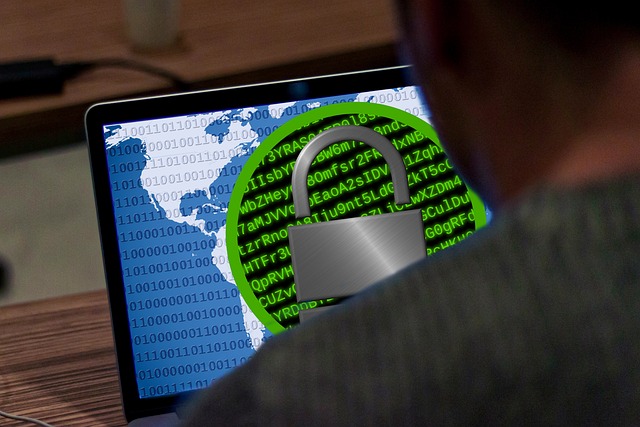
The Impact of Cyberattacks on IT and Informational Technology Networks
The digital age has ushered in an unprecedented reliance on informational technology (IT) networks, forming the backbone of modern businesses and institutions. However, this rapid development also increases vulnerability, as cyberattacks become more sophisticated and far-reaching. Every day, organizations face threats that challenge not only their operations but also their very existence.
Cyberattacks can strike any entity, irrespective of size or industry. From ransomware to data breaches, the consequences are often devastating. Imagine waking up to find that your organization’s sensitive data has been compromised or encrypted, leaving you unable to access vital information. Such scenarios can lead to significant financial losses, damaged reputations, and a loss of customer trust. The emotional toll on employees, too, can be overwhelming as they grapple with the anxiety of workplace insecurity.
As organizations seek to fortify their defenses against these pervasive threats, it becomes crucial to understand the landscape of cyberattacks. The ever-evolving techniques employed by cybercriminals demand continuous vigilance and innovation in IT strategies. For instance, phishing schemes can lure unsuspecting employees into revealing critical credentials, opening the door to a plethora of risks. This underscores not just the technological challenges but the human element in network security.
Training employees to recognize and handle potential threats is an essential first step. Cybersecurity awareness programs can build a culture of vigilance, ensuring that the workforce is not just trained but empowered to act as the first line of defense. This emotional connection to cybersecurity can transform how individuals perceive their roles within an organization, instilling a sense of ownership and responsibility towards protecting sensitive information.
Furthermore, the financial implications of cyberattacks cannot be overstated. The costs can include immediate monetary losses, legal fees, regulatory fines, and long-term damage control necessary for rebuilding reputation. An attack can halt operations, affecting productivity and leading to lost revenue. Companies often find themselves spending money not only on immediate recovery but also on enhancements to their IT infrastructure to prevent future incidents.
The stakes are high, and it’s not just organizations that suffer from the fallout of cyberattacks; individuals are affected, too. Customers whose personal data is compromised may face identity theft, while employees may face job insecurity. The ripple effect extends into the community, shaking confidence in institutions and relationships that have taken years to build.
In response to this landscape, organizations must take a proactive approach towards their network security protocols. Conducting regular audits, implementing multi-factor authentication, and investing in state-of-the-art security software are steps toward shielding against calamity. Additionally, engaging with cybersecurity experts can provide insights that align technological solutions with the unique needs of a business. This collaborative approach ensures that technology doesn’t just support operations but enhances resilience against attacks.
As technology continues to evolve, so too must our understanding and strategies surrounding cyberattacks. It is imperative to accept that while we may pour time and resources into building robust IT networks, there is no absolute guarantee against cyber threats. Instead, we must focus on creating a culture of readiness, adapting quickly, and learning from past incidents to fortify our defenses moving forward. Only then can we hope to navigate the treacherous waters of the digital world with confidence and resilience.

